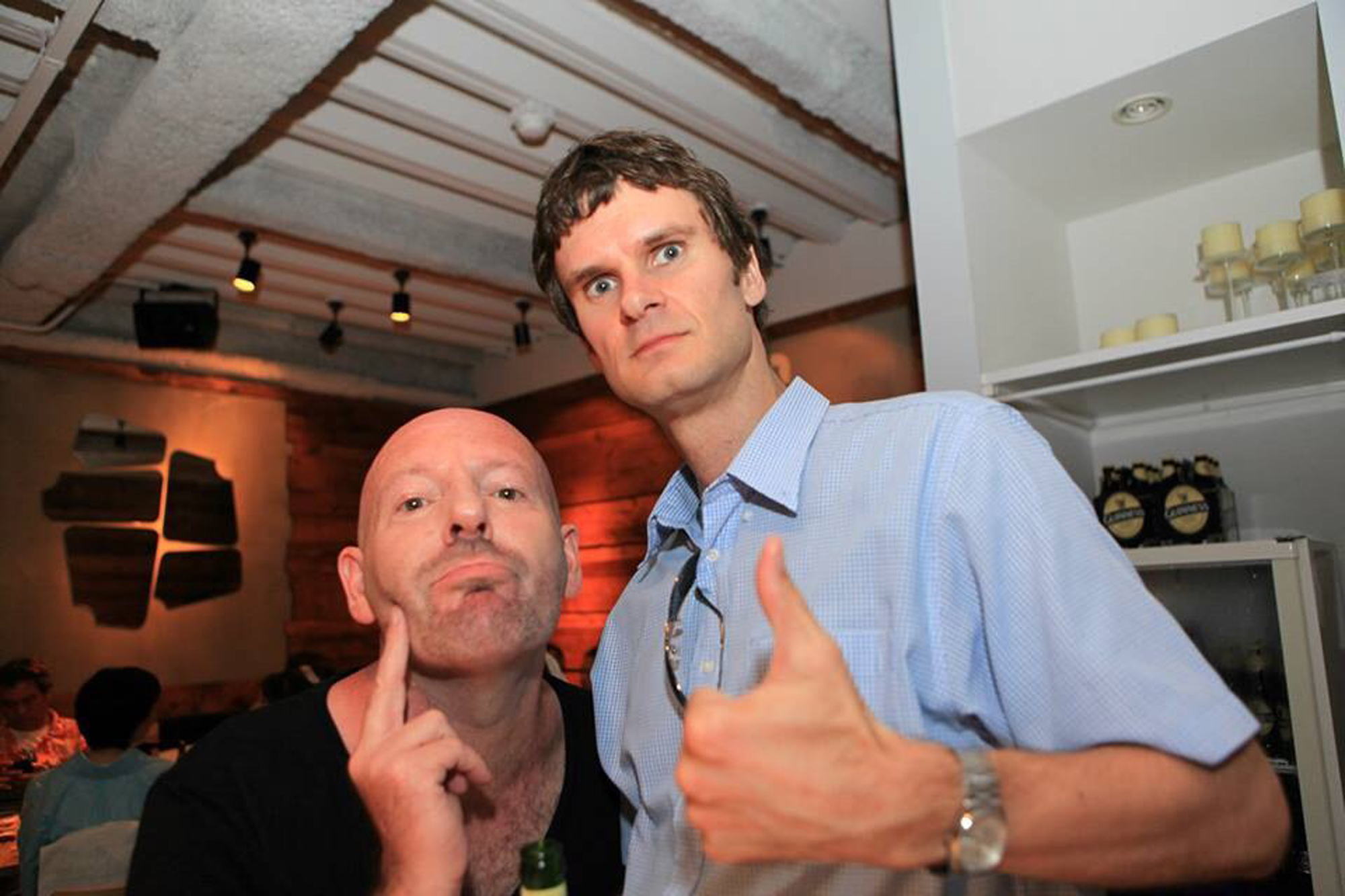Douglas Forrester and Jim Hickey are two "gaijin" (as Hickey puts it) from the old school. They didn't come to Japan for the anime, AKB48 or cosplay shops in Akihabara. They didn't come because they had heard that teaching English (which they turned into their day jobs) was easy and lucrative. Cool Japan wasn't yet a thing (this was 15 years ago). They came — Forrester from Scotland, Hickey from Australia en route from England — because they were both smitten by a certain facet of Japanese culture and wanted to see what it was all about.
Somehow, in spite of the frustration and irritation that inevitably accompanies living and working as English teachers in Japan, they stayed. Forrester took up Japanese calligraphy, learned to speak the language and married a local woman. Hickey nurtured a love for the haiku of Taneda Santoka and pored over translated classics by Osamu Dazai, Kafu Nagai and Yasunari Kawabata while traveling around the country with a Japanese girlfriend. The Japan that Hickey read about in those pages was radically different from the one he experienced daily, but often the two worlds would collide. In those moments of synchronicity, he longed to turn it into a book that would explain what he felt was an amazing experience.
The book, Hickey decided, had to be a thriller, but something closer to Raymond Chandler than Barry Eisler (the American author famed for his John Rain series, some of which were set in Tokyo).



















With your current subscription plan you can comment on stories. However, before writing your first comment, please create a display name in the Profile section of your subscriber account page.